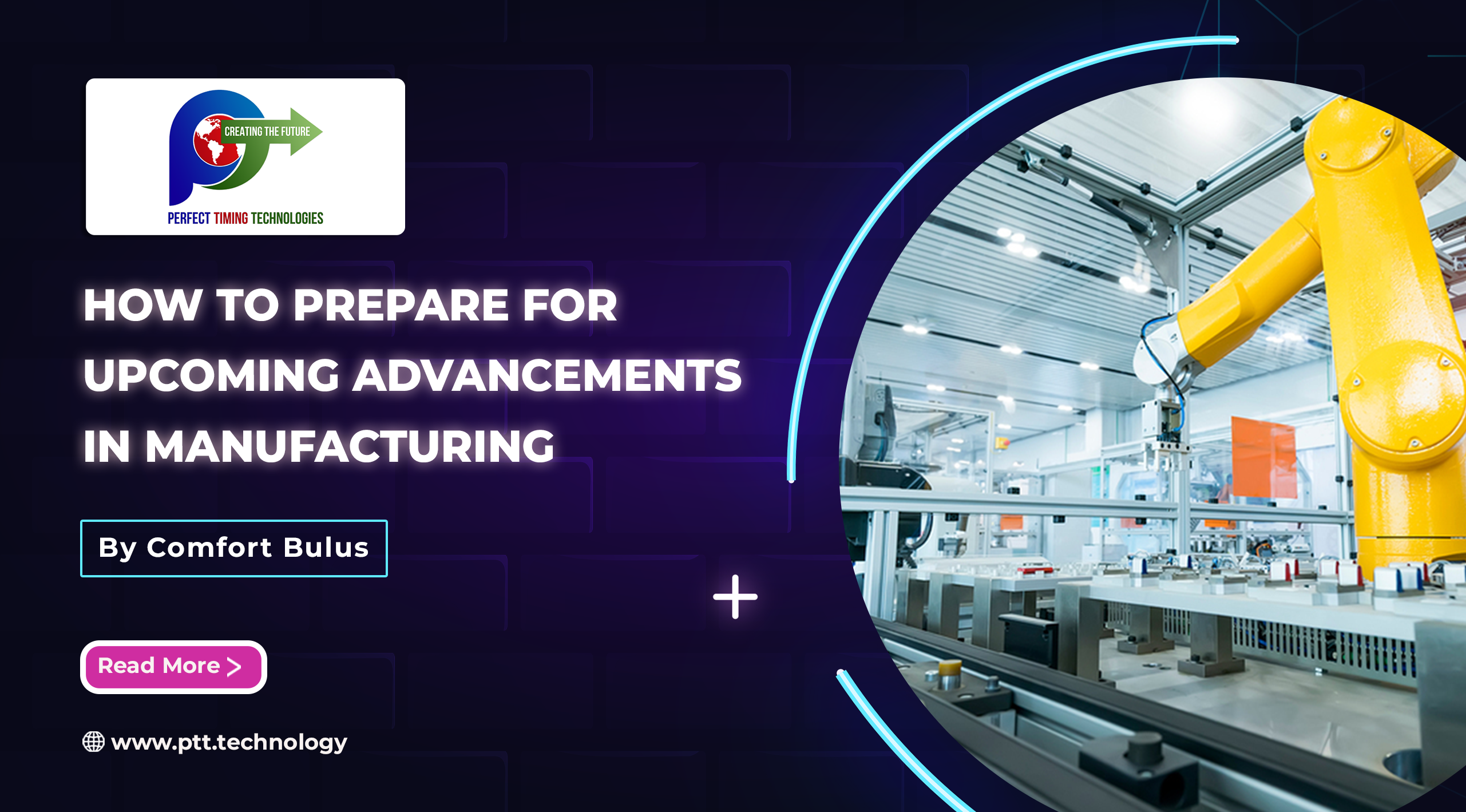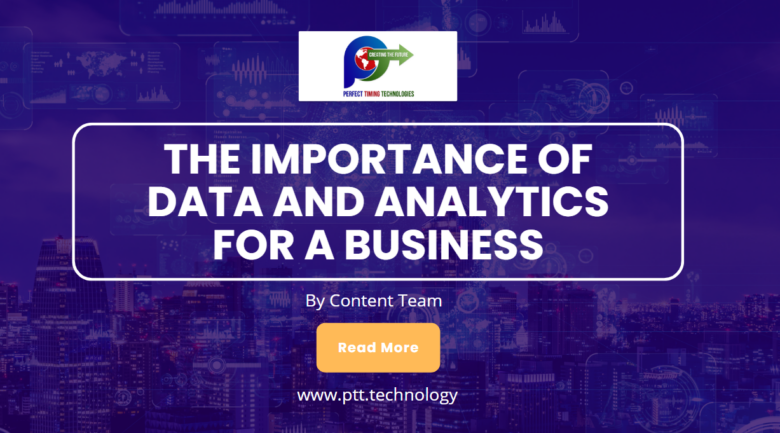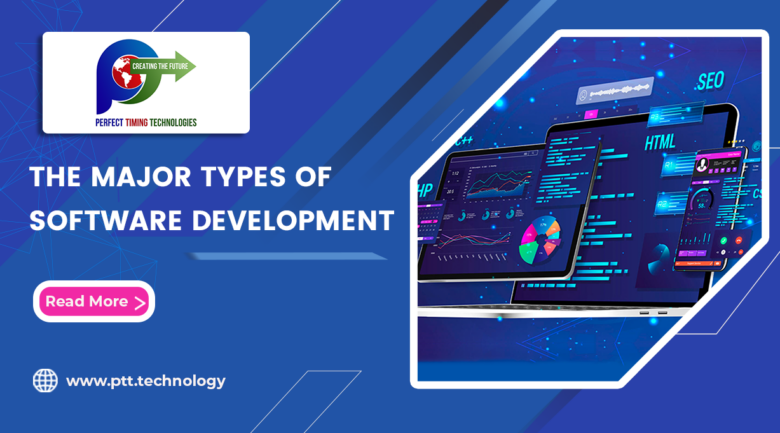
In tough times, gaining a new outlook is crucial.
Attaining success in the manufacturing industry is challenging in the contemporary world. We exist in an era of continuous disruption, marked by volatility and uncertainty. To remain competitive, businesses must demonstrate a capacity to adapt to evolving customer demands and preferences swiftly, necessitating a comprehensive understanding of the competitive landscape and a willingness to invest in new technologies and processes. The ever-changing marketplace and fluctuating consumer preferences intensify the challenge of this undertaking.
Businesses have long prioritised the delivery of exceptional products and services as a means of ensuring customer satisfaction. Within the manufacturing sector, for example, companies have implemented streamlined processes to produce goods of the highest quality. However, specific industries continue to face significant challenges in enhancing their traditional sourcing, production, and delivery systems due to market constraints, such as delayed supplier deliveries, insufficient shipping containers, expensive production processes, and disruptions within factory networks. These difficulties are further compounded by inflation, faltering distribution channels, and customers’ financial constraints.
As manufacturers navigate through current obstacles, it is imperative that they also have a strategic outlook for the future. Achieving a balance between present concerns and forward-thinking planning is essential for companies seeking to remain competitive and sustainable. The upcoming years will undoubtedly bring many transformative changes for manufacturers, necessitating their exploration of innovative and pragmatic approaches to managing their operations.
It is of utmost importance for manufacturers to optimise their adoption of digital technology.
IDC’s Global Future of Manufacturing study has revealed the advantages of digital maturity for companies, particularly during times of uncertainty. The study found that manufacturers who identified as digitally tech-savvy were able to maintain and even increase their profits in the previous fiscal year. Consequently, previously lagging in their digital transformation, organisations are expanding their efforts to adopt modern business applications. Many manufacturers worldwide invest in IT innovation, with 47% developing and implementing cloud-based IT systems and advanced analytics.
IT can progress significantly with cloud, open integration, and modular capabilities.
Based on research conducted in the industry, manufacturers tend to evaluate certain vital factors when considering a primary enterprise IT provider for their digital transformation initiatives. Of utmost importance, the top three critical criteria that are extensively weighed and assessed are:
- Research has revealed that many digital manufacturers adopt cloud-based solutions for their business software. This trend is not unexpected, as leading vendors have demonstrated streamlined and scalable deployment processes for cloud technologies. The cloud has become a critical factor in factory operational processes, as edge-to-cloud architectures allow for a lag-free performance, and cloud-based solutions enable easier application integration, support data sharing, and provide better data utilisation. By leveraging these benefits, manufacturers can drive revenue and profit growth over the long term.
- Integrating advanced technologies and cloud-based solutions has increasingly intertwined in modern business practices. By leveraging cloud-based solutions, companies can quickly expand their operations and tap into a broader range of functionalities, including computing power, data storage and analysis, and advanced cybersecurity tools. This is particularly relevant in machine learning and artificial intelligence, enabling businesses to achieve a seamless continuum of computing capabilities across various domains, such as the edge, data lake, and cloud. Importantly, these capabilities can be achieved without the need to manage and integrate multiple disparate APIs.
- In today’s rapidly changing business environment, IT systems development can be complex and challenging. The need for streamlined operations has led many organisations to create intricate business application scenarios, often incorporating heavily customised spreadsheets. However, relying on Excel for data storage and complex IT architecture can pose significant obstacles in effectively disseminating information throughout the enterprise. These loosely integrated business applications, including transportation and logistics management, warehouse management, tracking, and CRM systems, function in isolation, focusing solely on their respective processes. While they excel in their specific areas, they must seamlessly transfer data and information to other business processes and applications. To address this challenge, organisations often resort to expensive custom applications or error-prone manual processes to support their business processes, which can lead to the need for simplification of operations.
Incorporating digital technology into a manufacturing business strategy is a wise move. Still, focusing on something other than just technology-focused initiatives is essential as they may not necessarily lead to complete success or scalability. The key to achieving positive outcomes is addressing business problems and developing use cases that align with business needs. Viewing digitisation as a solution to problems rather than an ultimate goal is essential. Technology is constantly evolving and an integral part of the future; therefore, it should be approached strategically and thoughtfully.







